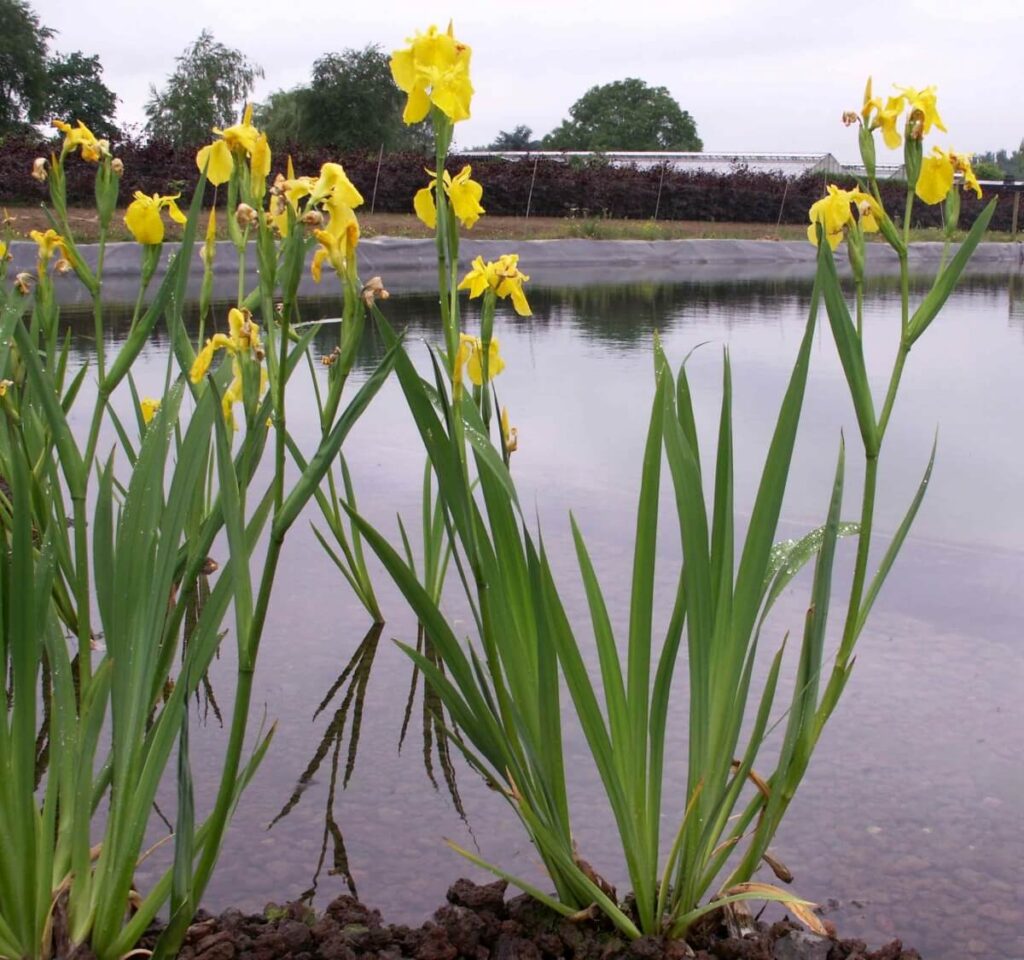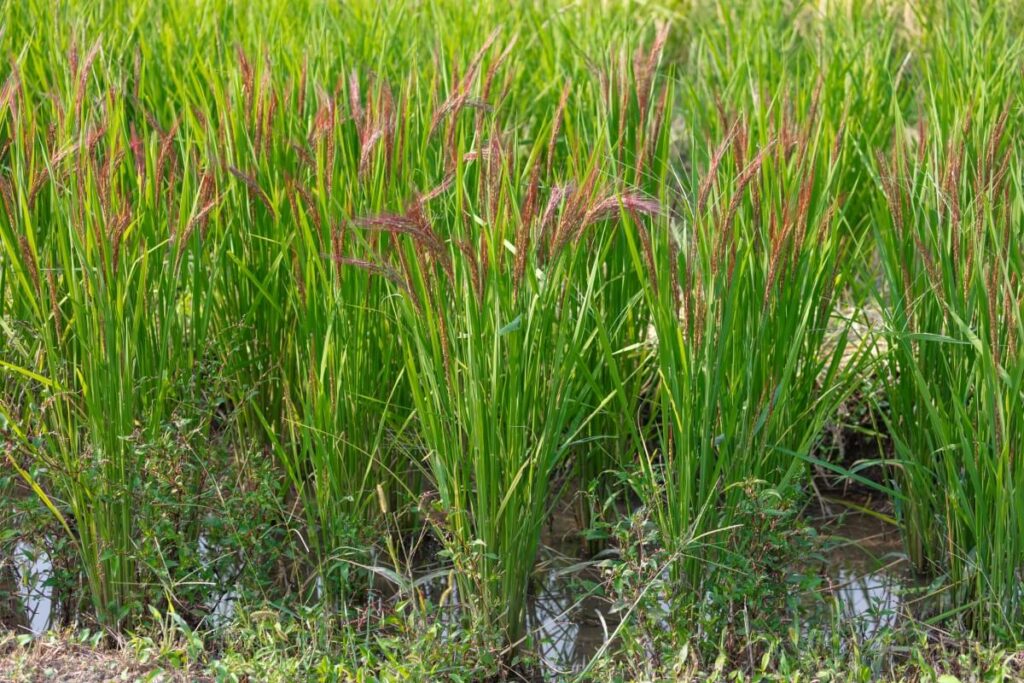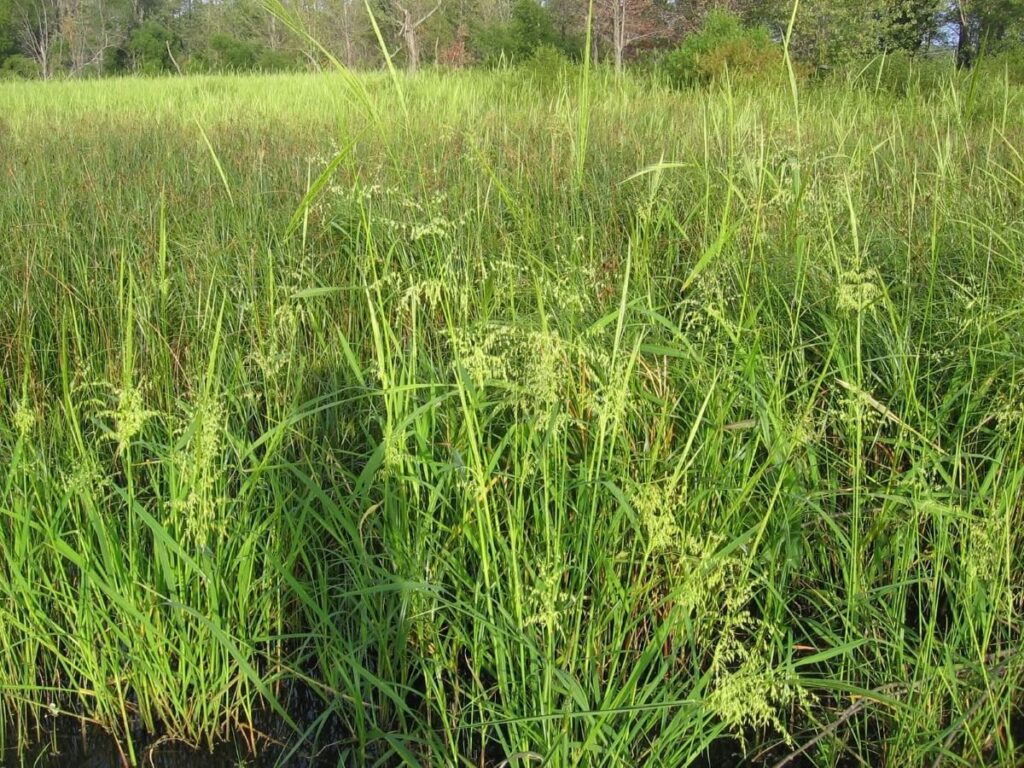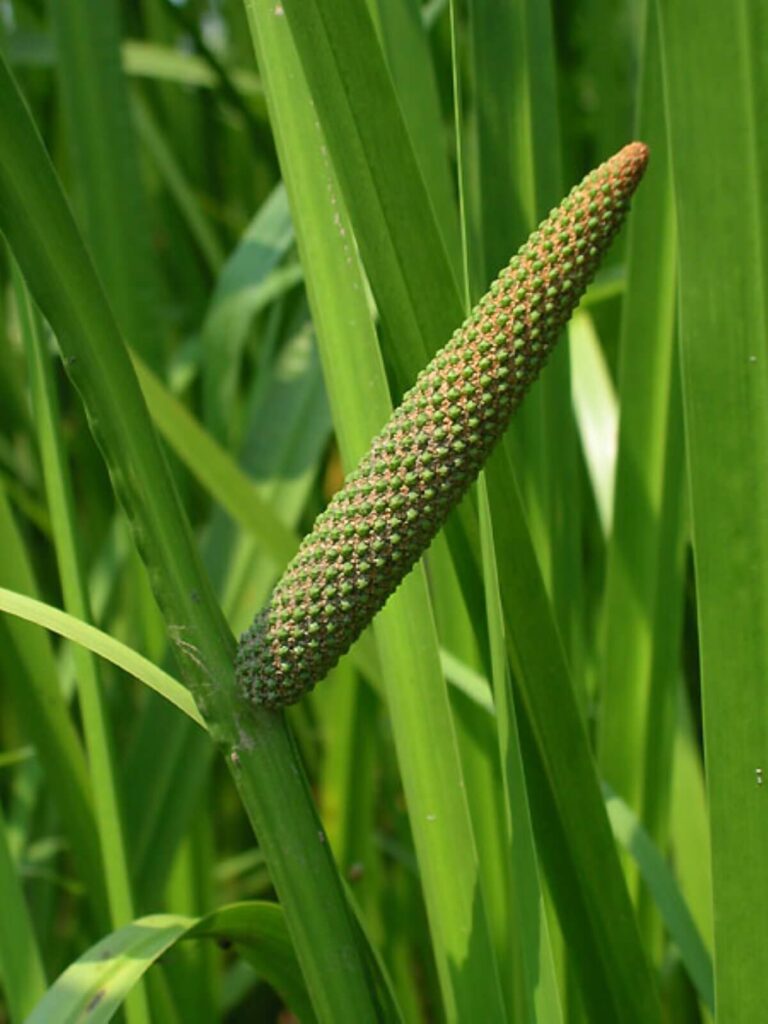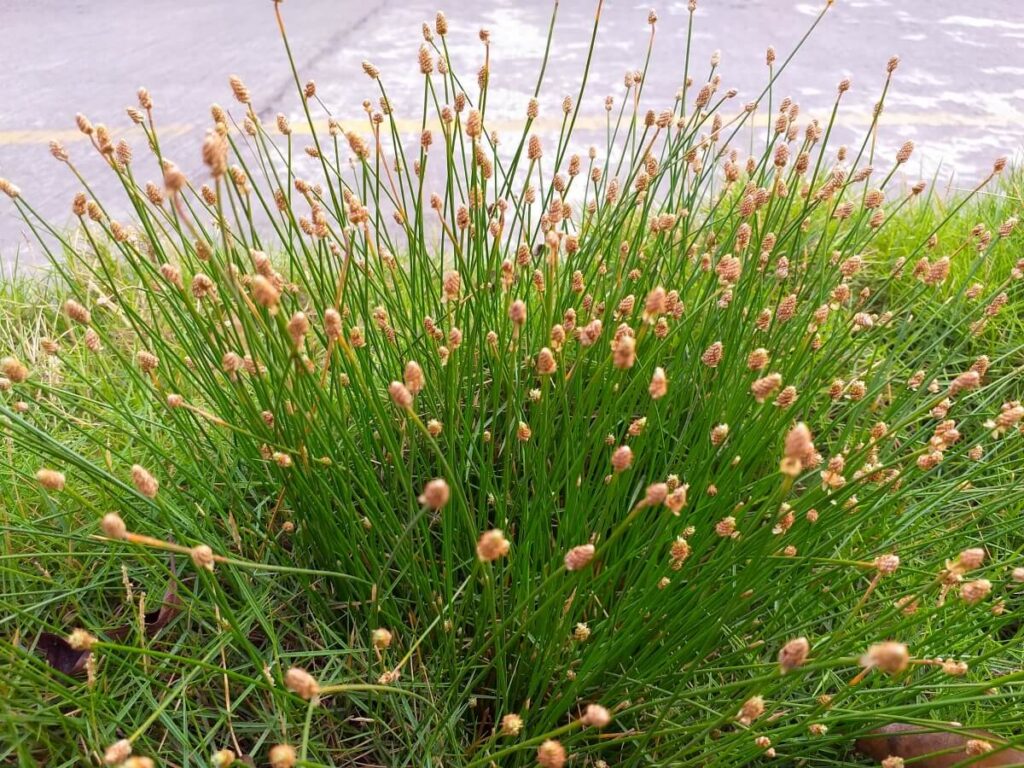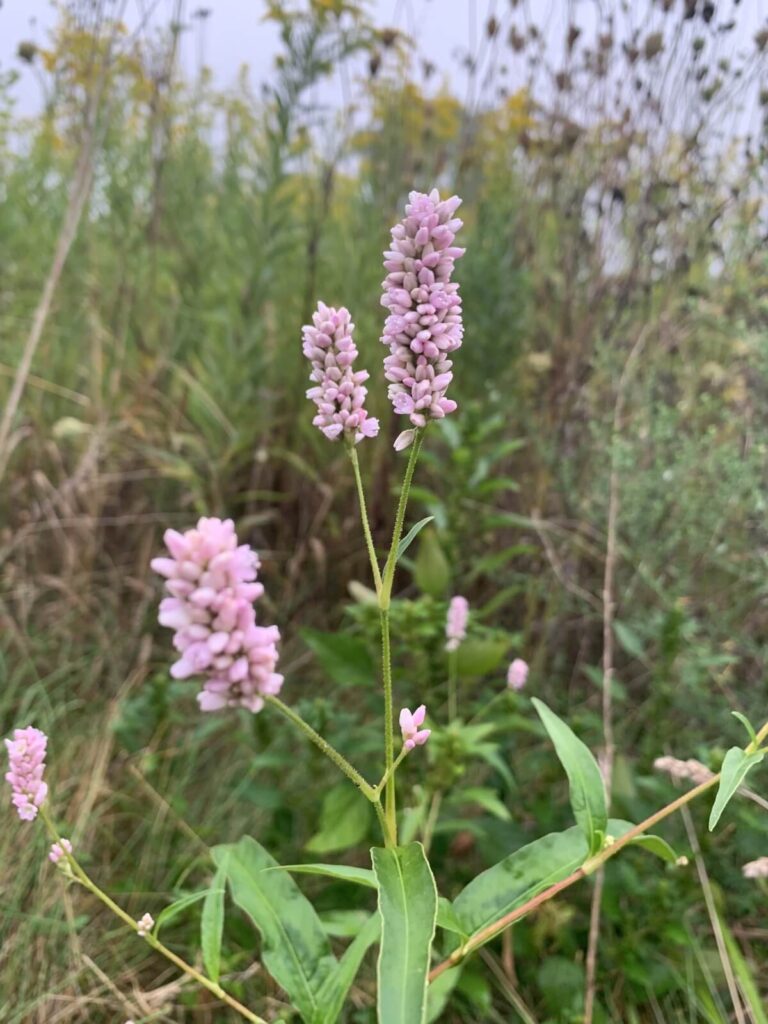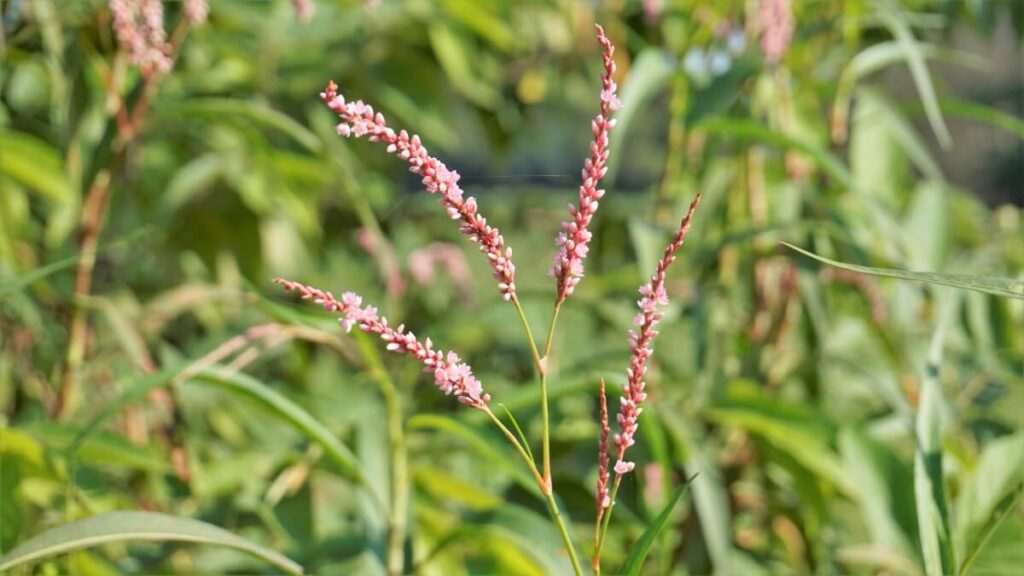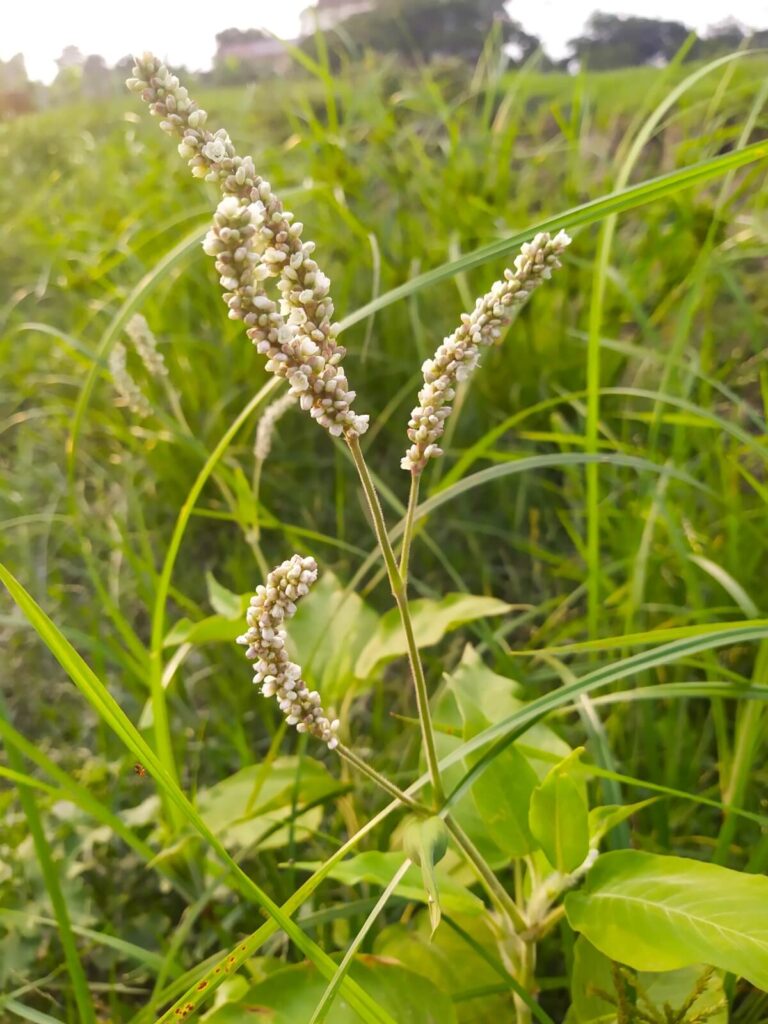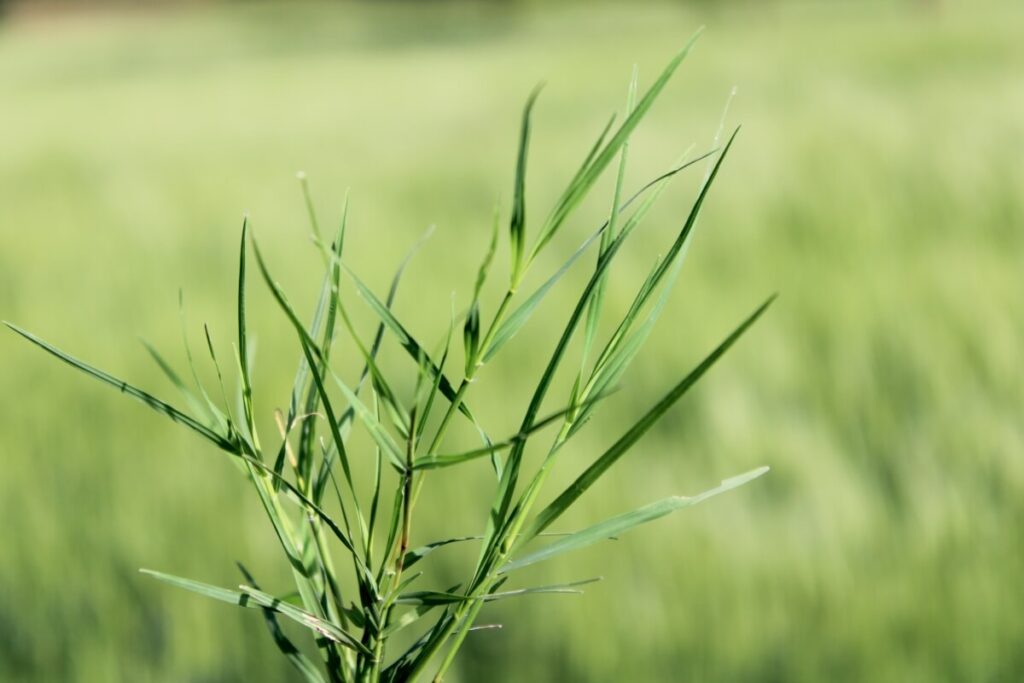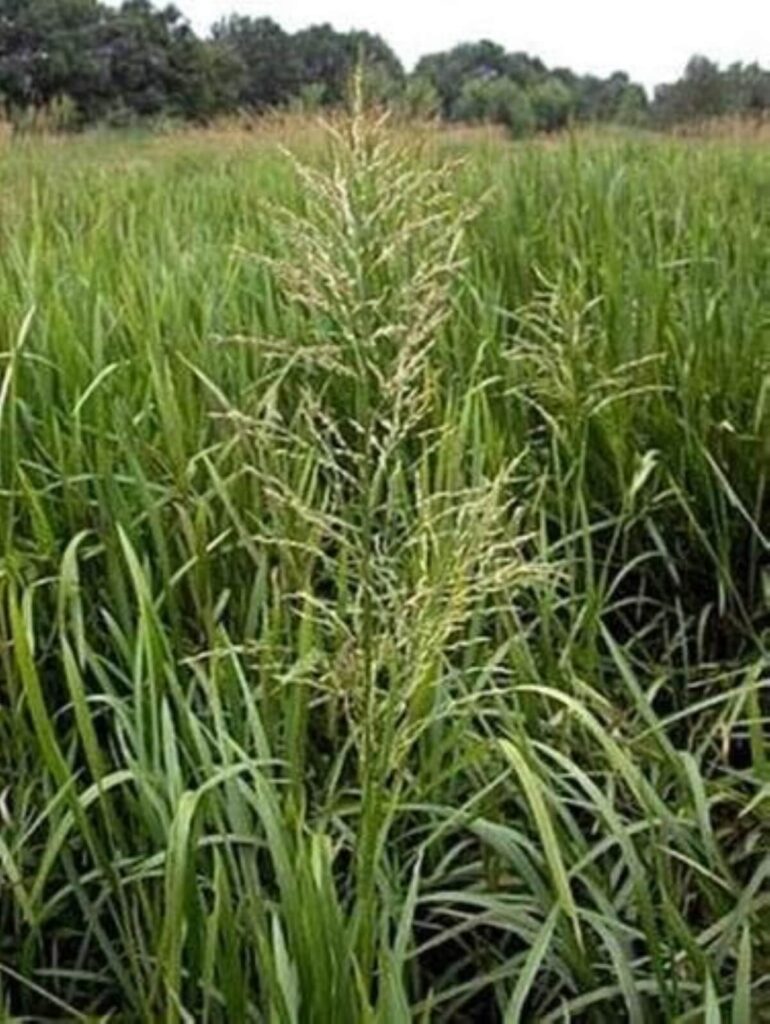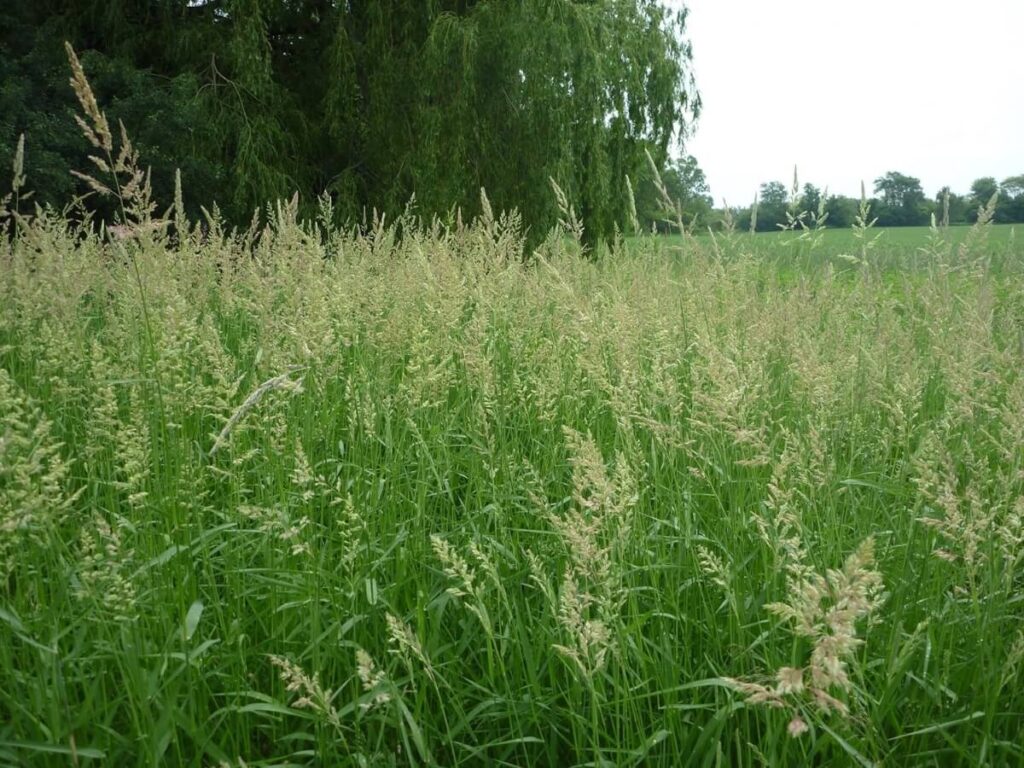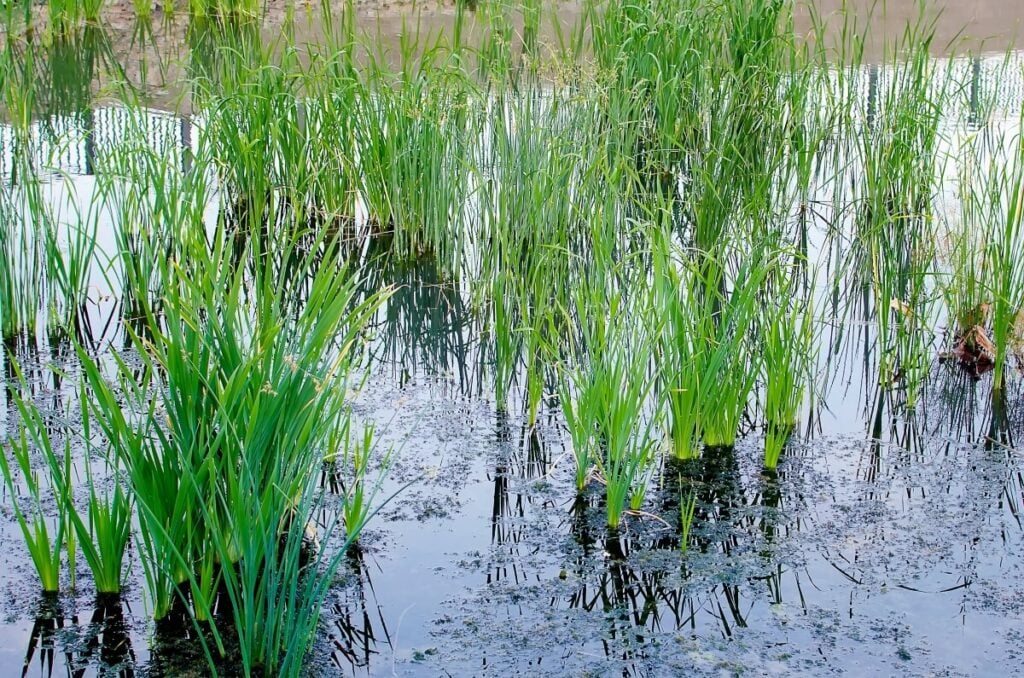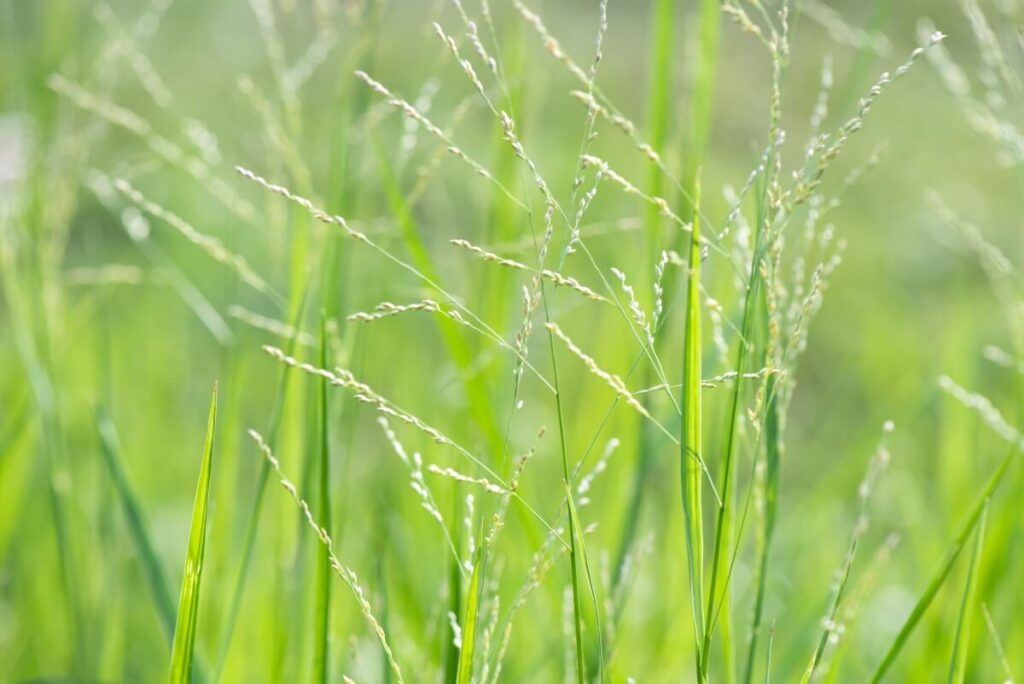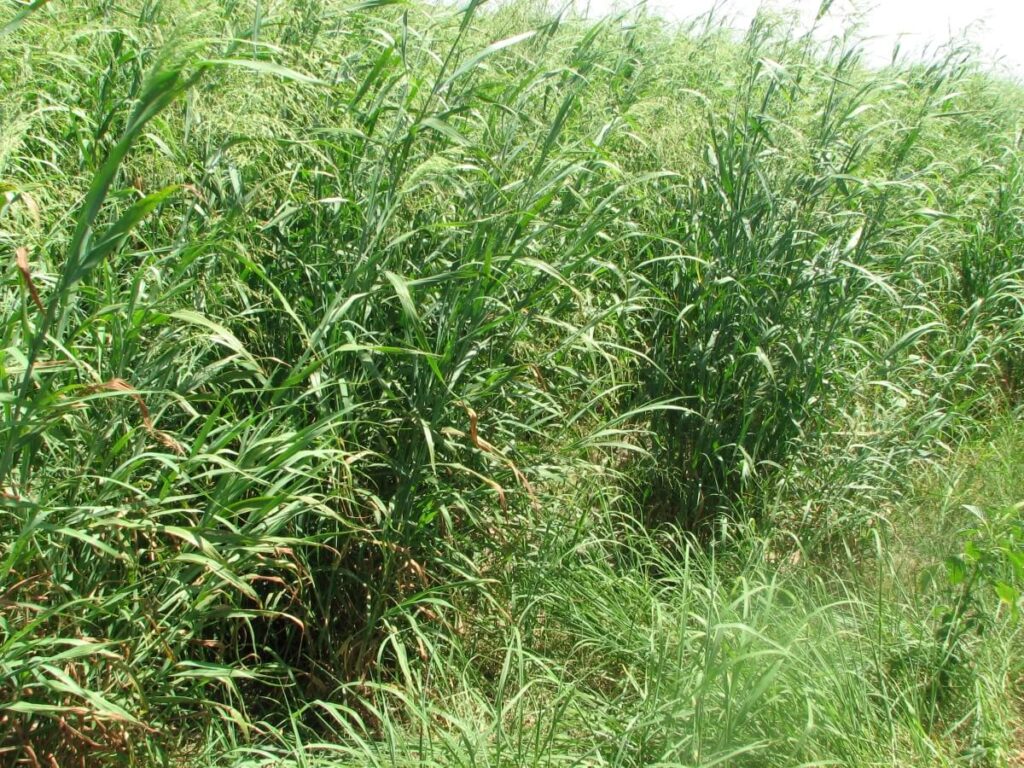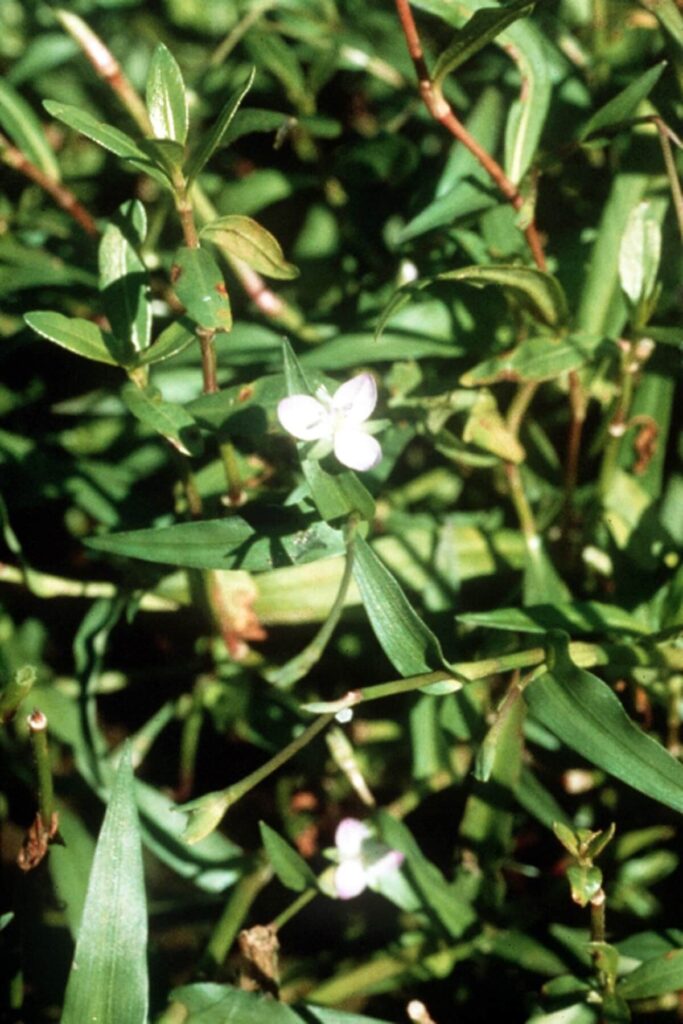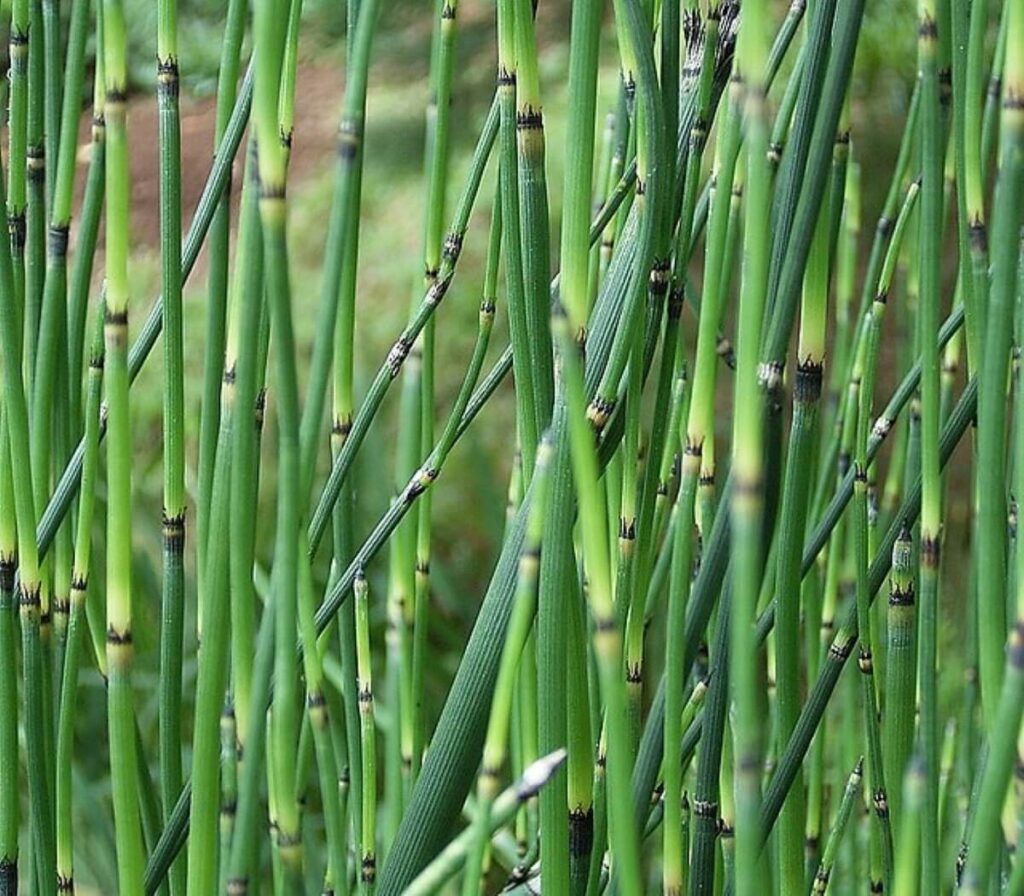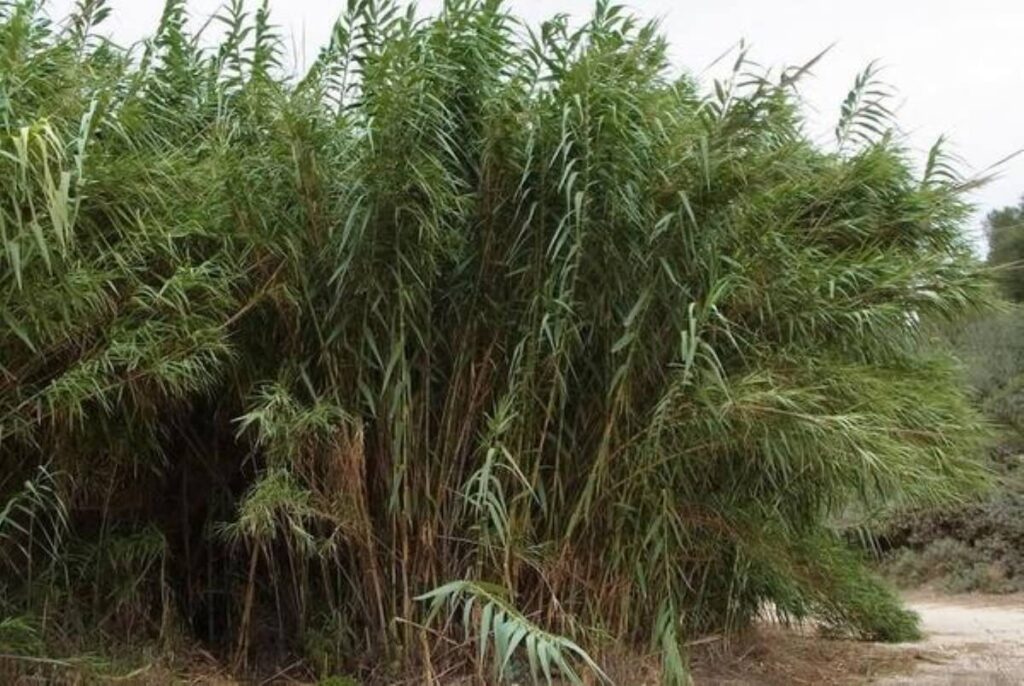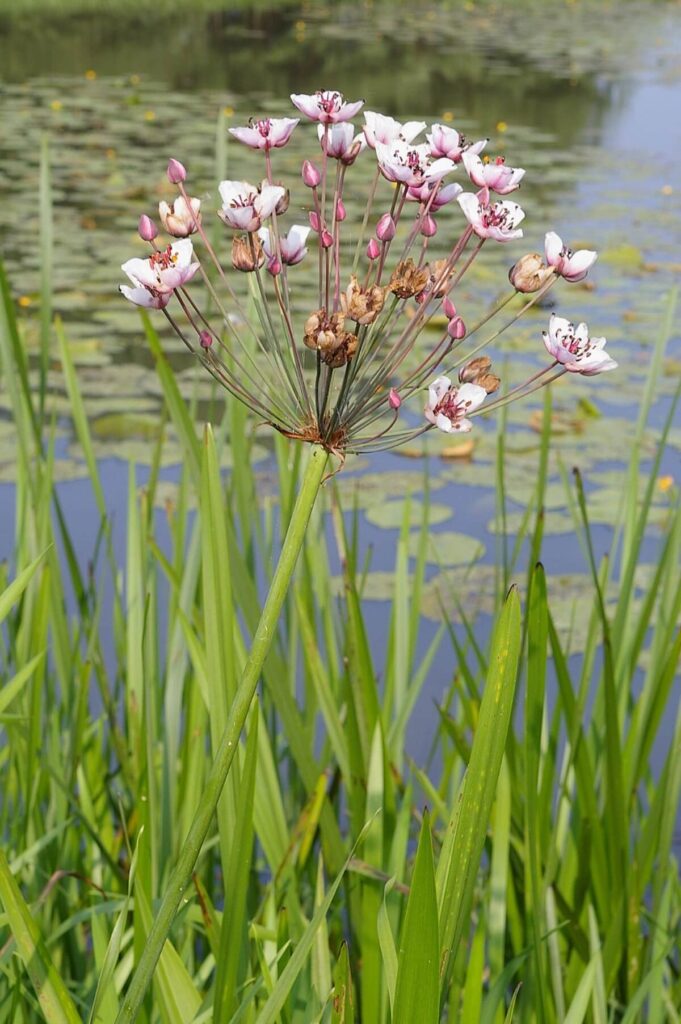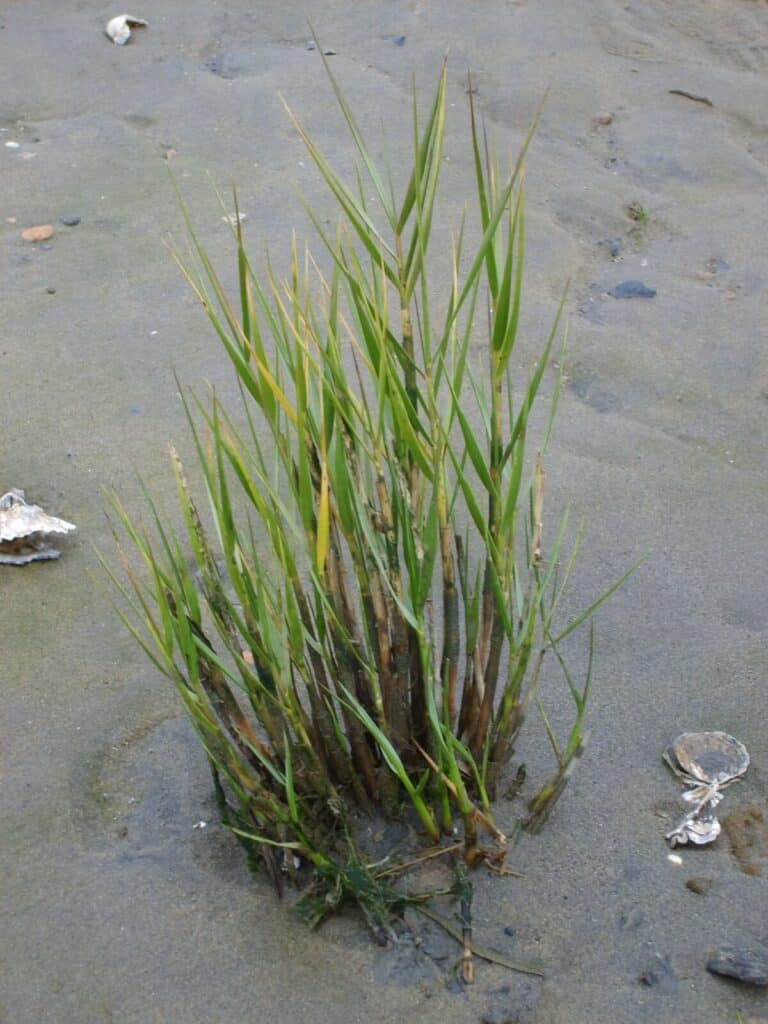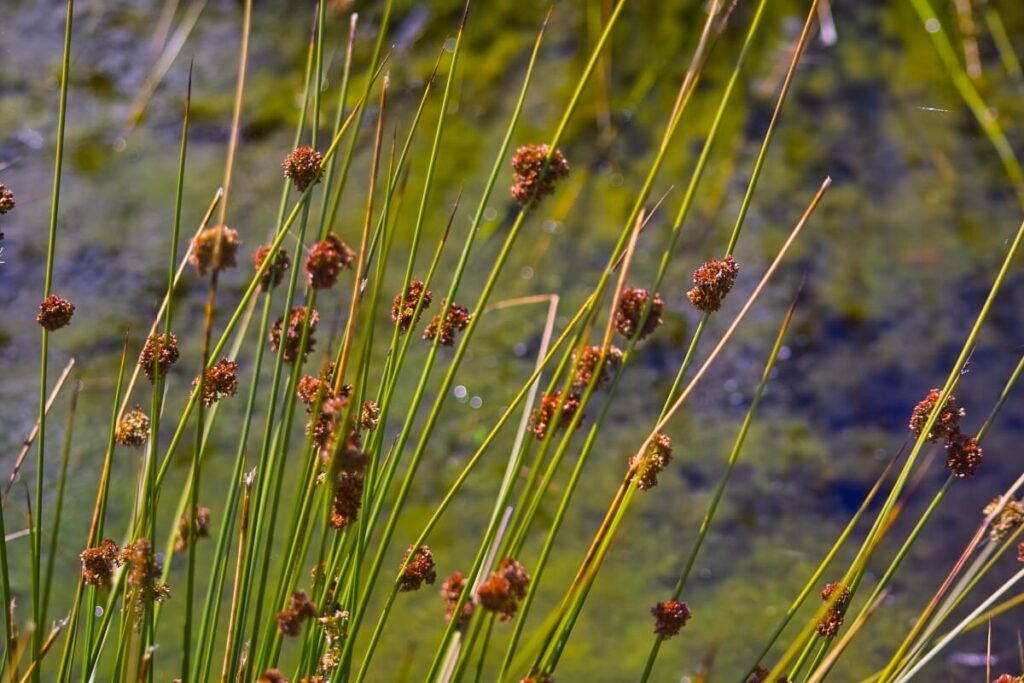Yellow Flag
Yellow flag has tall leaves, three to four feet, that arch at the upper parts and come to a point. Yellow flowers are big and showy, with many on each stem.
Read MoreNorthern Wild Rice
Northern wild rice has tall reed like stems, ribbon like leaves that float, and branching flowers with yellow to deep red fruits (edible grains).
Read MoreAnnual Wild Rice
Annual wild rice has tall thick stems, large strap like leaves, branching flowers up to two feet long, and yellow or reddish fruits (edible grains).
Read MoreSweetflag
Sweetflag leaves grow in clusters from horizontal underground stems. Simple leaves are bright green and up to six feet long.
Read MoreSpikerush
Spikerush stems are straight and grow in clusters from the rhizomes. There are no leaves; flowers grow atop the stems.
Read MorePennsylvania Smartweed
Pennsylvania smartweed has sword shaped leaves and small flowers that grow in clusters at the ends of branches. Flowers are rose to white in color.
Read MoreMarshpepper Smartweed
Marshpepper smartweed has dark green sword shaped leaves and flower spikes that droop. The tiny flowers are spaced out and typically green to white.
Read MoreSwamp Smartweed
Swamp smartweed has sword shaped leaves and small flowers that grow in clusters at the ends of branches. Flowers are greenish white with pink tips.
Read MoreSalt Grass
Salt grass has rigid stems and grassy leaves that grow one to six inches long. Tan spikelets hold wide spiky flowers up to three inches long.
Read MoreReed Mannagrass
Reed mannagrass has light green stems that can be more than eight feet tall. Rough leaves are angled out of the stem and grow nearly two inches wide.
Read MoreReed Canarygrass
Reed canarygrass has tall round stems with alternate leaves that are tapered. Straw colored seed heads grow at the tops of the stems.
Read MorePond Sedges
Pond sedges grow six inches to four feet tall. Leaves have pointed tips and sometimes bend over. Flower spikelets grow in a spiral and are usually brown.
Read MoreTorpedo Grass
Torpedo grass grows up to three feet tall with narrow, stiff leaves that have sharp points and a waxy or white coating on the surface.
Read MorePanic Grass
Grass like leaves are linear and flat or folded, growing two to six feet tall. Branching flowers grow in clusters and look brownish.
Read MoreMarsh Dewflower
Marsh dewflower has round stems, lance shaped leaves, and flowers with three petals that are pinkish purple on the edges and white in the center.
Read MoreHorsetail
Woody cylindrical stems stand alone with nodes every four to six inches that have blackish rings. Horsetail can grow up to nine feet tall.
Read MoreGiant Reed
Giant reed has thick round stems that grow in large clumps and can be six to 18 feet tall. Alternate leaves grow up to two feet long.
Read MoreFlowering Rush
Flowering rush can be submersed or emersed and has round stems that can grow up to four feet tall. Clusters of pink flowers grow on a single stalk.
Read MoreCordgrass
Cordgrass has hollow stems grouped together up to eight feet tall. Leaves are spine like and clustered flowers branch loosely.
Read MoreCommon Rush
Common rush has straight, hollow stems two to four feet tall, no leaves, and brown clusters of flowers that grow out of the sides of the stems.
Read More

